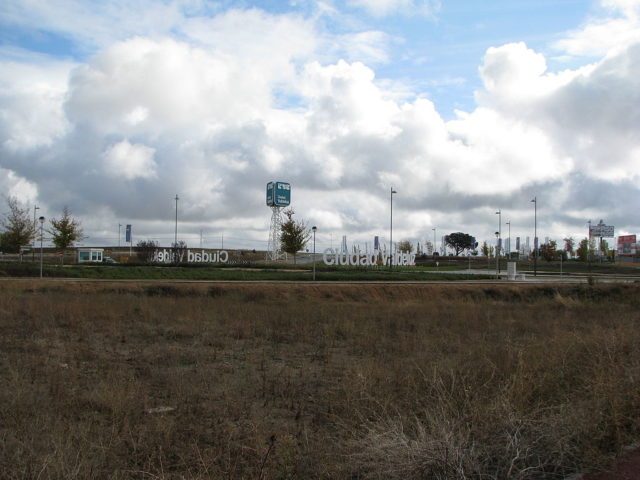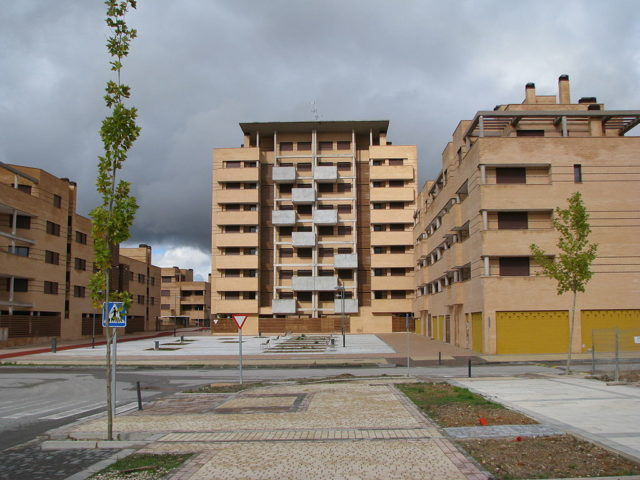The project to build a new city 60 kilometers (37 miles) northeast of Madrid, the capital of Spain, was approved in September 2002 by the provincial planning commission.
The site chosen was near the municipality of Yebes in Spain, and it would be called Ciudad Valdeluz.
There was a new high-speed railway nearby. The route between Madrid and Barcelona included a station that was opened in 2003 on an empty patch of farmland. It was therefore considered a good idea to use this location as the base for a new city.
The project was created by the Reyal Urbis company. Implementation began in 2004, two years after the project had received approval. According to statistics, the population of Yebes was 235 people at that time.
The company planned to complete the construction of Valdeluz in 2011 and hoped it would accommodate up to 30,000 people.
However, the first residents began to populate the city in 2006. In 2007, a private school was opened in the city, which took on about 1,500 students.
In 2008, Spain faced a severe economic crisis, which led to a 40% fall in property prices. Valdeluz was home to only 1,000 people rather than the planned 30,000 when Reyal Urbis was forced to stop construction with the onset of the crisis.
It is known that the developer invested more than 1.1 billion euros in the construction of the city. Being unable to complete the project after such substantial investment meant that, in February 2013, Reyal Urbis formally filed for bankruptcy.
However, it wasn’t until 2017 that the company was officially liquidated.
Over the entire period of its existence, a debt of about $4 billion had been accumulated by the company.
By the time construction was halted, only a quarter of the project had been completed. Services included only a supermarket and a medical center (which was only open two days a week), and these were deemed sufficient for the tiny community. Security patrols were made around the abandoned parts of the city.
In 2013, the private school closed down. As a result, Valdeluz became the largest municipality in Spain without an educational establishment.
For several years, the city stood as a reminder of the harsh consequences of the economic crisis which left in its wake bankrupt developers and unfinished houses. However, the economy of Spain gradually started to recover and Valdeluz began to see investments such as grocery stores, bars, a pharmacy, and a veterinary clinic.
In 2017, a sports complex was opened in the city. The primary school also reopened its doors in 2013, this time as a public rather than a private institution.
At the moment, it has about 300 pupils, but it is continuing to grow and accept more students. However, with the high school next door still standing unfinished, some parents worry about their children’s future education.
The mayor of Yebes believes that it is investments such as these which will really bring people back to the city.
Building on early successes, the mayor also plans to create an industrial zone in 2020 which he hopes will tempt a big business to set up there which will, in turn, attract more residents to the city.
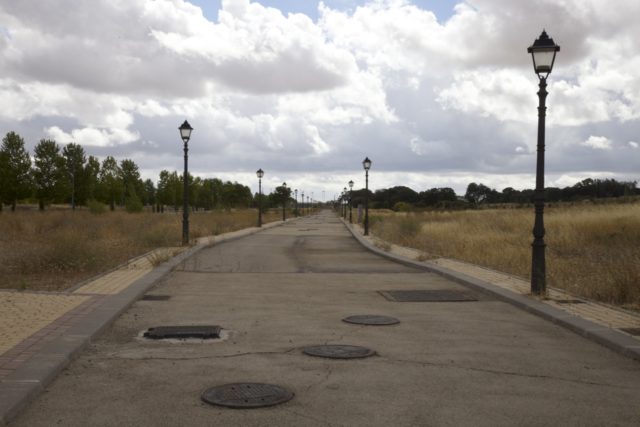
Today, Valdeluz covers only a quarter of the land that it was originally planned to cover in 2002. Several banks own houses within the city, having come into ownership due to bankruptcy proceedings against the developers, and the banks are selling these homes on to new residents.
The city’s population is now up to about 4,000 people.
As the economy began to recover, many people began to invest in property in this ghost town.
It was seen as a more desirable location after the school reopened and the area saw investment in services. Consequently, property prices have risen in the small number of habitable houses.
However, as a result, some tenants in rental properties have actually been forced to move out of the city due to the price increases.
One business to withstand the economic crisis is the golf club which opened in 2007, just a year before the crisis hit.
At the moment, the owners of the golf club plan to build a hotel, houses, and a riding center. It is hoped that buyers will want a home with lovely views out over the green course.
This is a city of contradictions, with new life growing up around abandoning buildings. But what is clear is that this ghost town is slowly coming back to life.
A huge thank you to Paul Dobraszczyk for providing us with his photographs which were taken in September 2014. Paul is a researcher and writer based in Manchester, UK. He is interested in visual art and photographs. You should visit his Flickr account to find more photos. He also owns the website where he publishes articles on various topics.
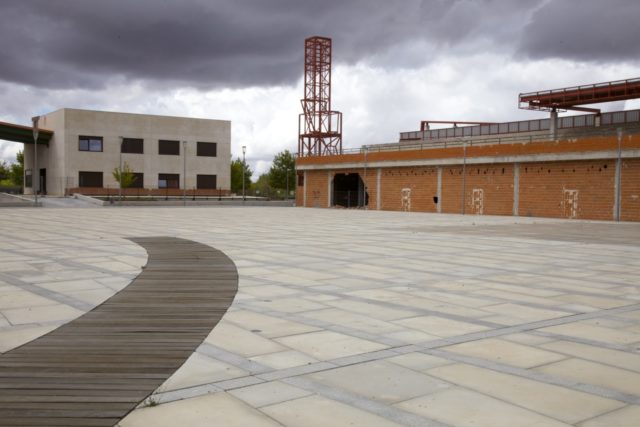
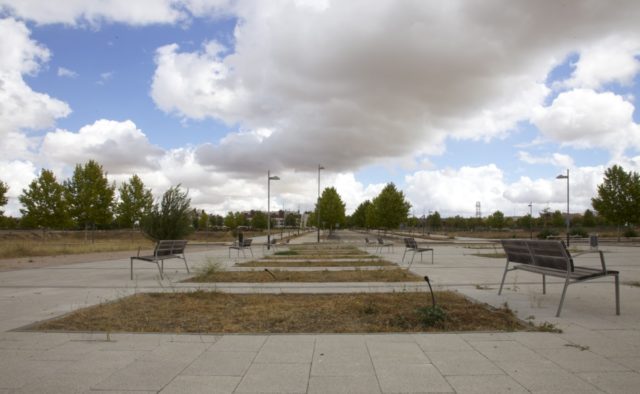
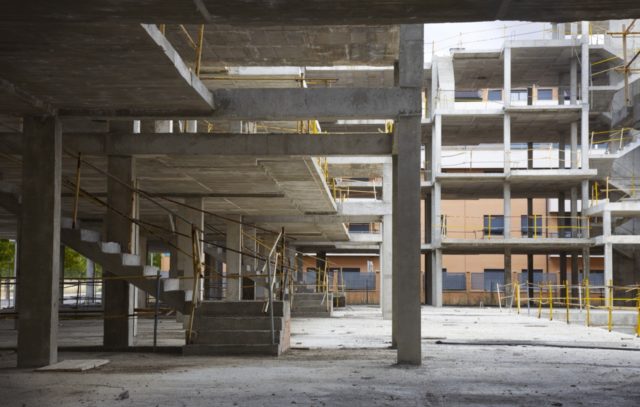
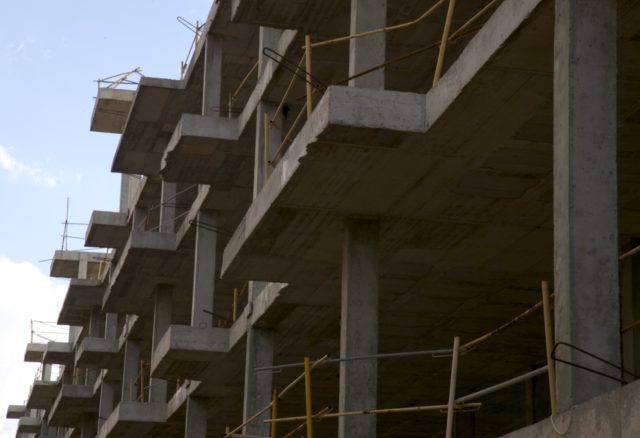
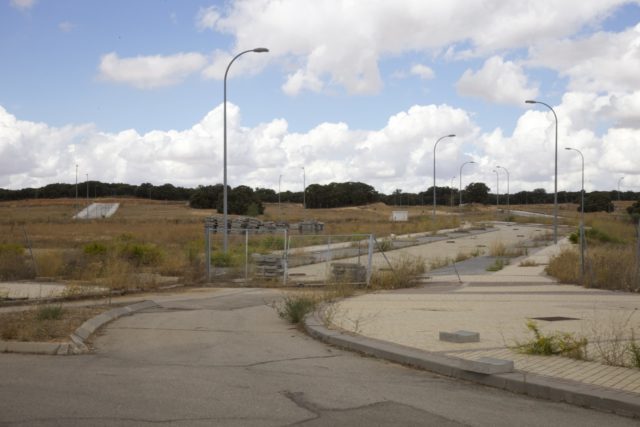
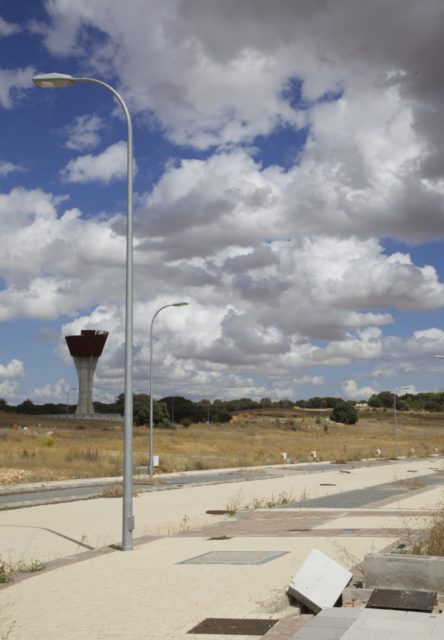
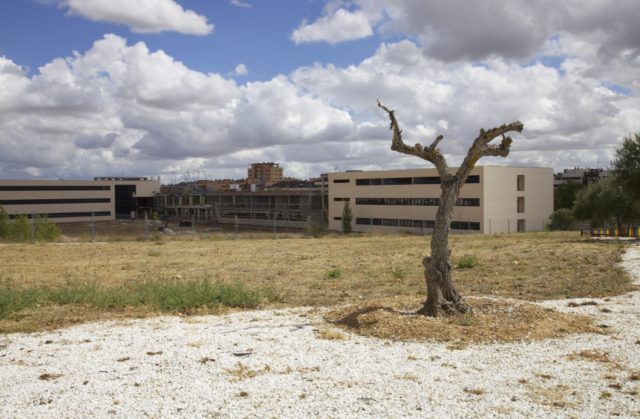
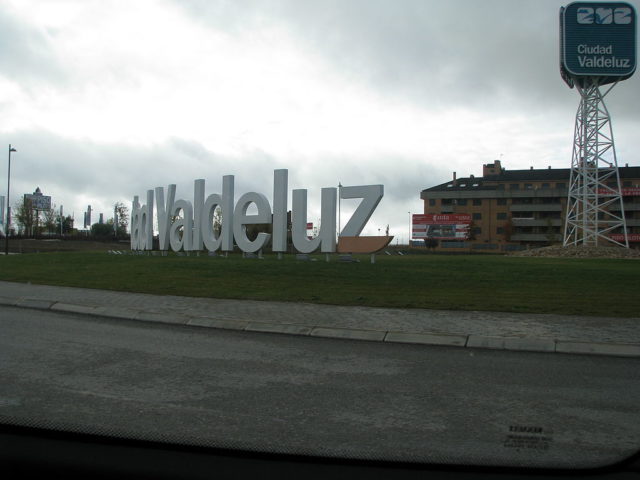
A WWII coastal artillery battery but it was never completely finished
